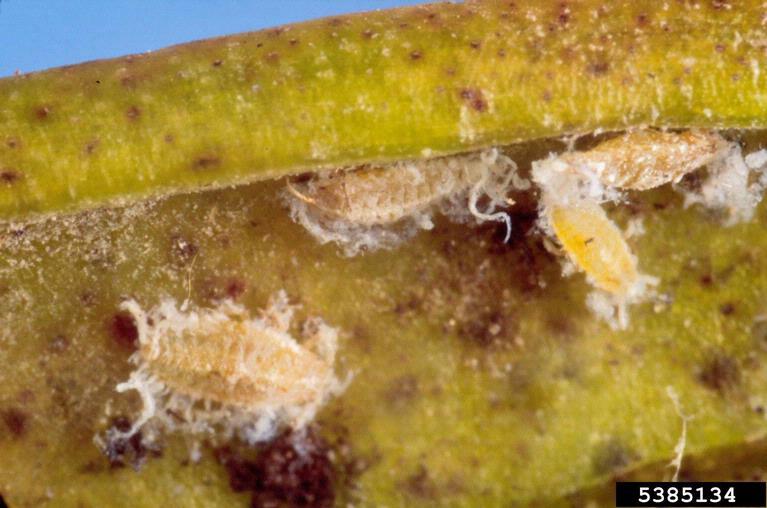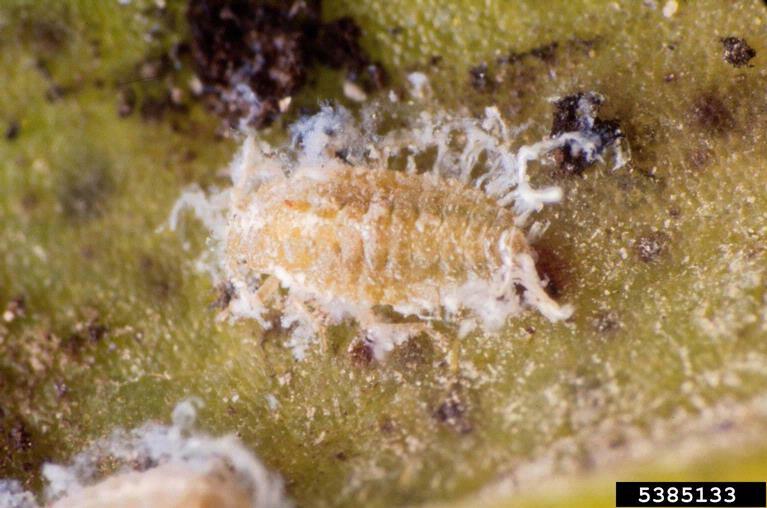Aloe Vera
Description
Aloe vera is an herbaceous perennial in the family Liliaceae grown for its succulent leaves which have a variety of culinary and medicinal uses. The plant grows best in full sunshine and requires little water for its establishment, growth and reproduction. It prefers areas with mean annual temperatures within the range 19-27°C, but can tolerate temperatures ranging from 10°C to 35°C.
The Aloe vera plant has a short, stout stem and a rosette of fleshy, lanceolate leaves which have a serrated margin of small white teeth. The leaves may be flecked with white and are pale green or grey-green in colour. Aloe vera plants produce a conspicuous inflorescence composed of densely packed pendulous yellow flowers on a spike which can be up to 90 cm (35 in) in height. The plant itself can grow to be 1 m (3 ft) in height, it takes 4-5 years to mature and can live for up to 100 years if well cared for.
Aloe vera is indigenous to Eastern and Southern Africa. It belongs to a large class of plants known as “xeroids” characterised for its ability to close its stomata completely to avoid loss of water. This adaptation allows plants to survive long and extreme drought periods.
Crop Details
Scientific Name: Aloe vera (L.) Burm.f.
Common Name: true aloe (En); aloès officinal, aloès vrai, aloès vulgaire (Fr); lu hui (Cn); sabila, sávila (Sp).
Uses & Benefits
Aloe vera plants are grown for medicinal value including improving digestion and boosting the immune system. They are also grown for extraction of the gel inside the leaves. The gel is used in desserts, yoghourts and beverages. The gel is also commonly used as a home remedy for treatment of burns and to prevent constipation. It is also used as a skin and hair nourisher.
The plant contains vitamins A (beta-carotene), C and E, which are antioxidants. It also contains vitamin B12 and folic acid.
Varieties of Aloe Vera
The Aloe genus includes over 500 plant species. Aloe plants are divided into three rough groups: tree aloes, shrub aloes and stem-less aloes. The groups can be differentiated through leaf colour, toothing, shape, as well as plant height and flowering style.
Some species are grown as ornamentals for their attractive architectural leaves and colourful flowers. Zebra aloe (Aloe saponaria) variety is characterized by its distinctive white stripes or spots on the leaves. Arabian aloe (A. rubroviolacea) has long blue-green leaves with red teeth and is planted outdoors in warm climates; the leaves turn red if exposed to full sun. Aloe barbadensis miller is known for its thick and fleshy leaves that contain a high concentration of gel and is valued for its medicinal properties.
Propagation
Basic Requirements
Aloe vera grows best in full sunshine and requires little water for its establishment, growth and reproduction. It prefers areas with mean annual temperatures within the range 19-27°C, but can tolerate temperatures ranging from 10°C to 35°C. It is adapted to areas with mean annual rainfall in the range 700 mm to 3000 mm. During the winter months in the subtropics, the plant becomes dormant and utilizes very little moisture.The pH of the soil should range from 6 to 7.5, and it should be fertile and well-drained.
Growing from Seed
Aloe Vera can be grown from seeds, but is most easily propagated from suckers which are readily produced by the mother plant. The suckers are commonly referred to as “pups”. The pups should be cut from the main root by gently uprooting the mother plant and finding the point of attachment. The young plant should be cut from the parent using a sharp knife. Pups can be safely removed when they have several sets of leaves. The young plants should be planted in their own pot and watered deeply. Refrain from overwatering to force the growth of new roots. If multiple plants are being planted, provide them with individual pots or plant at least 60 cm (24 in) apart outdoors.
When planting using seeds, aim at a spacing of 3ft by 3ft. Spacing is extremely important for high quality harvest. A typical Aloe Vera plant has 25 leaves which extend up to full length of between one foot and 2 feet. This is why experts recommend a minimum spacing of 3 feet all round. Planting the seeds in organic matter-rich, well-drained soil is recommended.
General Care and Maintenance
Aloe plants are generally very easy to care for but care should be taken to avoid overwatering. The plants should be watered deeply but allowed to dry out before the next watering. Check the soil prior to watering. Allow the soil to dry down to a depth of 7.5 to 10 cm (3-4 in) for older, well-established plants or 3.5-5 cm (1-2 in) for younger plants. In addition, although Aloe plants require lots of light, sitting them in full sun can be harmful and it is best to position potted Aloes in a bright window. If the plant is receiving too much sun, the leaves will begin to turn brown. Aloe vera can tolerate moderate wind conditions, but excessive wind can damage the leaves and lead to dehydration. Balanced organic or slow-release fertilizers rich in nitrogen, phosphorus, and potassium can be applied during the growing stage to support healthy growth.
Harvesting
Aloe plants are usually harvested 4 times per year. The crop takes some 18 to 24 months to mature. Ideally, you should take around three leaves per plant. That comes to a total of 12 leaves per plant every year (keep in mind that only older outer leaves are harvested). You can expect an annual harvest of 60,000 kilograms of Aloe Vera per acre per year.
References
Akinyele, B. O., Odiyi, A. C., (2007). Comparative study of vegetative morphology and the existing taxonomic status of Aloe vera L.Journal of Plant Sciences, 2(5) 558-563. http://www.academicjournals.net/2/archive.php?id=2&theme=2&jid=jps
Amura, C. (2020, 30 April). Aloe vera Complete Guide. My Garden Guide.https://mygardenguide.com/succulents/aloe-vera/#Cultivation_techniques
Cabi Digital Library: Invasive species, Tree, Host plant, Crop https://doi-org.ezaccess.libraries.psu.edu/10.1079/cabicompendium.4192. Retrieved on 2023-01-11
Das, N & Chattopadhay, R. N. (2004). Commercial Cultivation of Aloe. Natural Product Radiance. Volume 3. Issue 2. Available at: http://nopr.niscair.res.in/bitstream/123456789/9406/1/NPR%203(2)%2085-87.pdf. [Accessed 05 November 14]. Free to access Oudhia, P. (2001).
Free to access UC Davis Botanical Conservatory (2009). The Genus Aloe. Botanical Notes. Issue 1. Volume 1. Available at: http://greenhouse.ucdavis.edu/files/botnot_01-01.00.pdf. [Accessed 05 November 14]
Ghrita kumari or Guar patha. Purdue University Center for New Crops and Plant Products. Available at: http://www.hort.purdue.edu/newcrop/CropFactSheets/aloe.html. [Accessed 05 November 14].
Common Pests and Diseases
Diseases
Category : Fungal
Aloe rust Phakopsora pachyrhizi
Symptoms
Small, pale yellow spots on leaves which expand and turn brown; orange spore masses may be present on underside of leaf; leaves may drop from plant.
Cause
Fungus
Comments
Management
Disease is self limiting and requires no treatment.
Anthracnose disease Colletotrichum gloeosporioides
Symptoms
The initial appearance of small round to oval, dark green water-soaked which later become circular spots with tan to light brown center. As the spots mature the center of the lesion become reddish brown to brown color. With progress in disease the lesions join together to form big necrotic area.
Cause
Fungus
Comments
Disease is favored by warm, wet weather; spread easily during wet weather by water splash.
Management
Application of suitable fungicides.
Basal stem rot Fusarium spp.
Symptoms
Base of plant turning reddish brown to black and rotting.
Cause
Fungi
Comments
Fatal disease of aloes; disease emergence favors cold, damp conditions.
Management
Pieces of plant may be saved by taking cuttings above rotted portion.
Category : Bacterial
Bacterial soft rot Pectobacterium chrysanthemi
Symptoms
Watery, rotting leaves which are darker in color; young leaves wilting and collapsing; leaves bulging due to gas formation inside.
Cause
Bacterium
Comments
Bacteria survive in plant debris in the field; disease emergence favored by hot, wet weather.
Management
Fatal disease; avoid over-watering plants.
Pests
Category : Insects
Aloe vera aphid Aloephagus myersi
Symptoms
Both adults and nymphs feed at the bases of the leaves or in rolled ends of damaged leaves. They also secrete honeydew which is resulting in sooty mold development. Severe infestation leads to slow growth and stunting.
Cause
Insect
Comments
One of important quarantine pest.
Management
Organically acceptable methods of control include the application of insecticidal soap and preservation of natural enemies.












Disease emergence favors cool temperatures and high humidity.